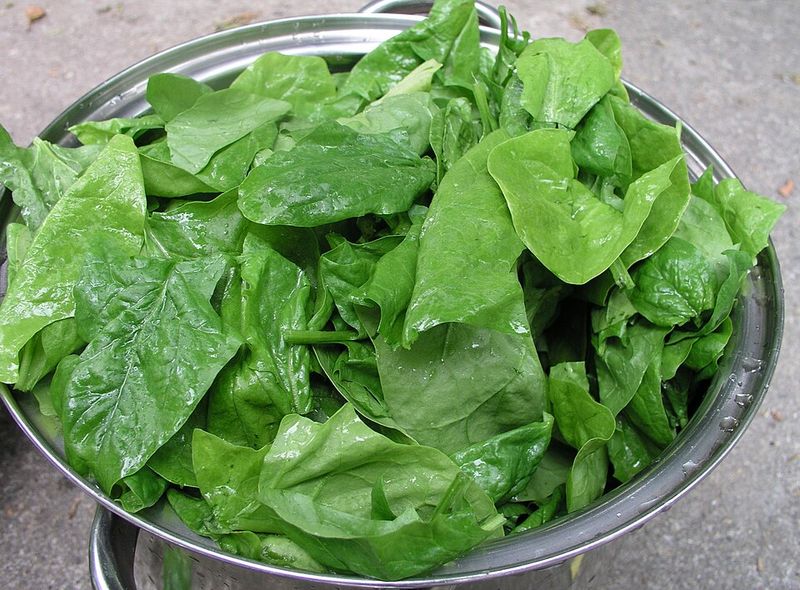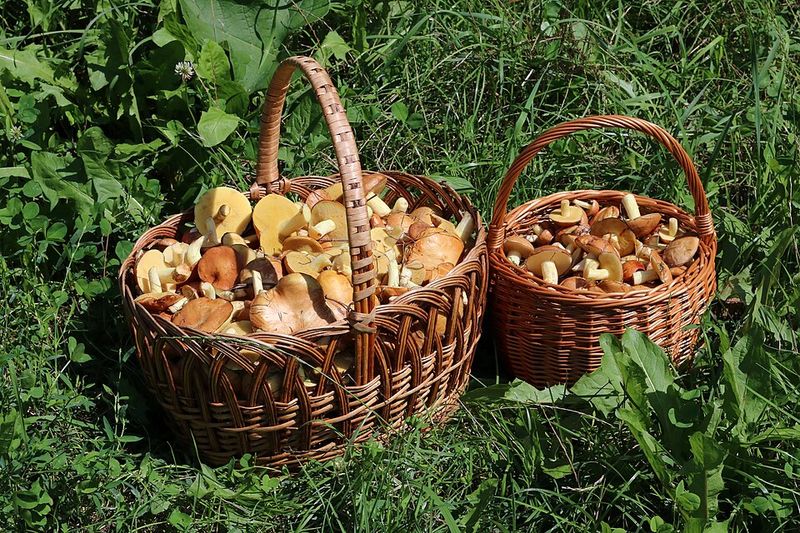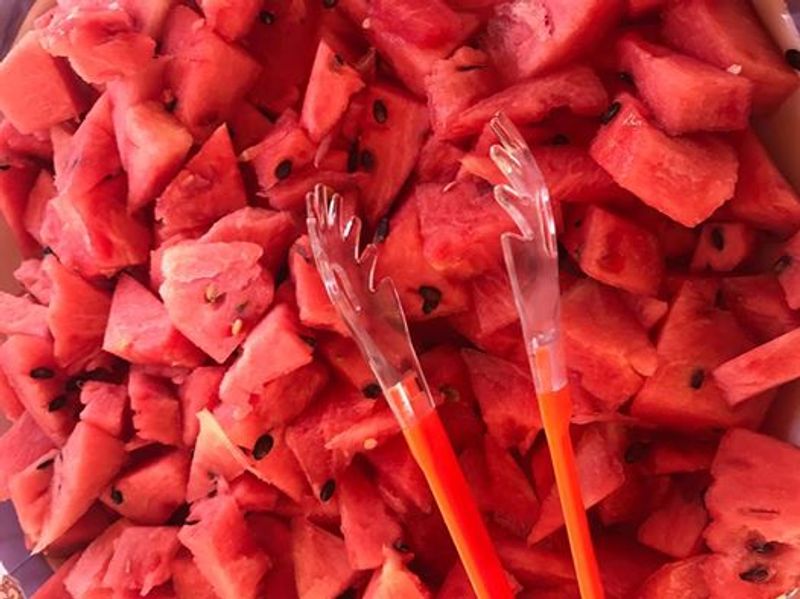10 Perishable Foods That Spoil Faster Than You Think
You grab groceries, put them in the fridge, and assume you have at least a week before anything goes bad.
But here’s the twist: some foods start losing their freshness way faster than most people realize.
From delicate berries to sliced melons, these everyday staples can turn from perfect to questionable in just a couple of days if you’re not careful.
This content is intended for general informational use and should not replace personal guidance from a qualified food-safety or health professional. Storage times and conditions can vary, so always use your best judgment when handling perishable foods.
10. Fresh Strawberries

Strawberries are summer favorites, but their high water content and thin skins make them surprisingly fragile. What most people don’t know is that even a tiny bruise can trigger mold within 24 hours.
Keep them unwashed in the fridge and rinse only right before eating. Moisture is their enemy, so a paper towel in the container helps absorb extra dampness.
Did you notice how store-bought berries sometimes arrive with one moldy piece that spreads to the rest?
9. Fresh Raspberries

Even more delicate than strawberries, raspberries can turn mushy and moldy almost overnight if conditions aren’t perfect. Their hollow centers trap moisture, creating the ideal environment for spoilage.
Regulars at farmers markets know to buy only what they’ll eat in a day or two. Store them in a single layer if possible, and never wash until you’re ready to enjoy them.
Here’s where it gets interesting: some fans swear freezing them right away is smarter than risking waste.
8. Raw Chicken Breast

Raw chicken spoils faster than most meats because bacteria love its protein-rich surface. After just two days in the fridge, it can develop a slimy texture and off smell that signal it’s time to toss it.
Chefs quietly recommend freezing chicken the day you buy it if you won’t cook it immediately. Always store it on the bottom shelf to prevent drips onto other foods.
The part nobody expected: even sealed packages can harbor bacteria if the cold chain breaks during transport.
7. Ground Beef

Ground beef has way more surface area than a steak, which means bacteria can spread much faster across every tiny piece. Within a day or two, that bright red color can shift to brown, signaling oxidation and potential spoilage.
Locals who cook often say buying it the same day you plan to use it is the safest bet. If you need to store it longer, freeze it immediately in airtight wrapping.
What nobody talks about is how grocery store lighting can hide early signs of deterioration.
6. Raw Salmon Fillets

Raw salmon fillets can spoil quickly if not kept very cold. A fresh piece can develop a strong smell within just one or two days when stored improperly. Look for firm flesh and a clean, mild scent before buying.
Store salmon on ice in the coldest part of your fridge or freeze it if you’re not cooking it within 24 hours.
5. Head Lettuce

Head lettuce seems sturdy, but once the outer leaves get damaged or wet, the whole thing can wilt and rot faster than expected. Brown spots spread quickly, especially if moisture gets trapped between layers.
Some people say wrapping it in a dry paper towel and storing it in a ventilated bag keeps it crisp longer. Never store lettuce near ethylene-producing fruits like apples or it will yellow more quickly.
4. Fresh Spinach Leaves

Spinach is one of the most delicate greens, and its tender leaves yellow and wilt fast when exposed to moisture and warmth. Storing spinach in a breathable container with a paper towel helps absorb excess dampness and maintain freshness.
Avoid sealing it tightly in a plastic bag, since condensation speeds up decay. Pre-washed bags often spoil faster than bunches you rinse yourself.
3. Mixed Edible Mushrooms

Mushrooms have high moisture content and a spongy texture that makes them prone to sliminess and dark spots within just a few days. Once they start looking wet or smelling earthy in a bad way, it’s time to say goodbye.
Store them in a paper bag instead of plastic to let them breathe and stay dry. Regulars say most people miss this detail and end up with mushy fungi by mid-week.
What do you think: are slightly wrinkled mushrooms still safe to cook, or is that pushing it?
2. Cut Watermelon Pieces

Whole watermelons can sit on your counter for weeks, but the moment you slice into one, the clock starts ticking fast. The moist, sugary surface is a magnet for bacteria, and cut melon can spoil within three to four days even when refrigerated.
Always cover cut pieces tightly with plastic wrap or store them in an airtight container. Locals whisper about how melon left uncovered in the fridge picks up odors from other foods and tastes funky by day two.
Did you know about this?
1. Fresh Orange Juice

Freshly squeezed orange juice tastes amazing, but it loses flavor, nutrients, and safety surprisingly fast once exposed to air and warmth. Without pasteurization, natural enzymes and bacteria can cause it to ferment or spoil within two to three days in the fridge.
Chefs quietly recommend drinking it within 24 hours for the best taste and vitamin content. Store it in a sealed glass container to slow oxidation, and never leave it out on the counter for more than an hour.
Which side of the debate are you on: fresh-squeezed or store-bought cartons?






